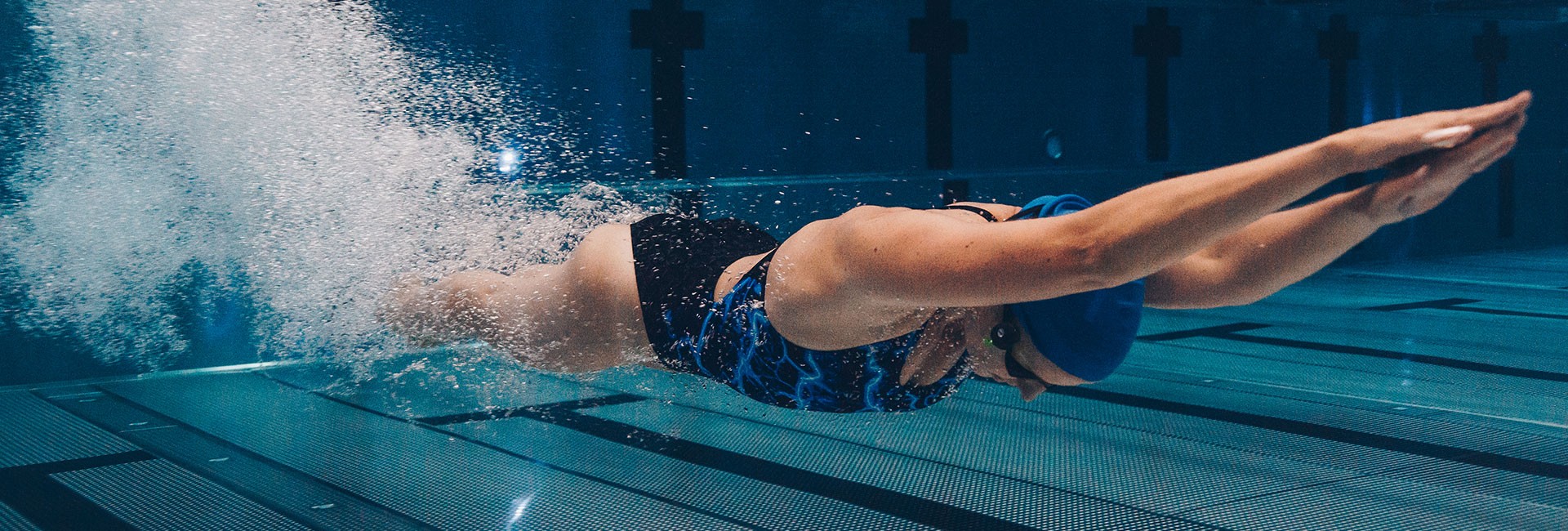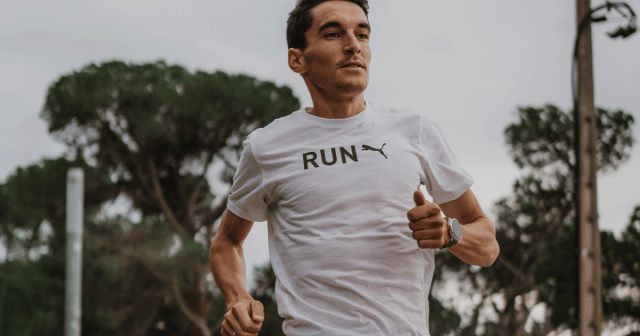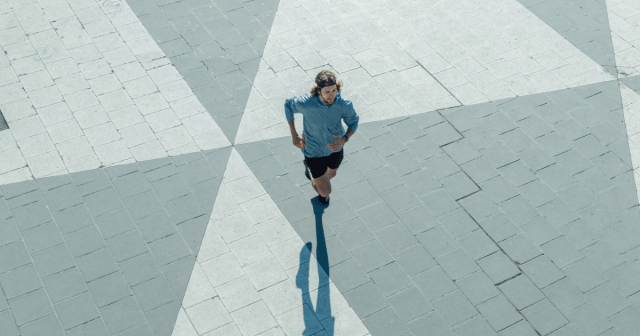Running is one of those sports where even if you wanted to log more hours or increase your weekly mileage goal, you’re limited by what you’re physically capable of. Whether that’s injury or fatigue, your body will eventually tell you when enough is enough.
But let’s say you’re looking to boost fitness or recover from a hard run without pounding the pavement more than you already are. There’s plenty a runner can do besides running to increase strength and endurance. While yoga and a regular strength routine is always recommended, swimming is another form of cross training highly beneficial for runners.
To get more context, we asked open-water swim coach Bryan Mineo how runners can add swimming into their training routine. Mineo is the founder of The Swim Mechanic where a large majority of his clients are triathletes who are balancing a full training schedule of swimming, cycling and running.
The benefits of swimming workouts for runners
“Swimming is a perfect complement to running and can be easily integrated into a runner’s training plan,” says Mineo. “Initially, swim sessions should follow long run days to serve as an active recovery, flushing out and shaking off yesterday’s miles. While these swimming workouts won’t be your key training sessions, they will provide a nice break in the week from time on your feet.”
Active recovery isn’t the only way swimming benefits runners, though. The full-body movements required in a proper swim technique strengthen muscles not used while running, which alleviates muscular imbalances and ultimately helps protects the runner from injury.
Swimming also boosts cardiovascular fitness by working the heart and lungs without all the wear and tear from running.
“Swimming brings a greater awareness to your breath and how well you regulate it during effort,” says Mineo. “Being in a resistive medium like water, you’re forced to be present and work with the conditions at hand. This is incredibly helpful when you have to train or race outdoors in difficult/technical conditions.”
Don’t dive in headfirst
Despite feeling the urge to jump in the water and start swimming hard, Mineo recommends a more patient approach for runners who are starting to incorporate swimming workouts into their training plan.
From the surface it seems simple, but swimming (like running) is a technical sport and has a bit of a learning curve when it comes to proper freestyle technique.
Don’t swim as fast as possible right off the bat — not only will this lead to bad habits, but swimming hard with poor mechanics can lead to potential injuries.
Plan Your swimming workoutS
So what’re some specific swimming workouts for runners? The Swim Mechanic provided us with a basic structure that can be tailored with specific intentions in mind.
“I always recommend a balanced dose of aerobic and anaerobic efforts in the water, and with the focus on using swimming to supplement your running regimen, specific intervals become less important and the more important metrics to work with are distance and time in the water,” said Mineo.
“The key here is to warm up, utilize drills to correct inefficiencies and bring awareness to your mechanics, swim variable efforts depending on focus and then warm down.”
An Example Swimming workout for runners:
- 200 yards warm-up
- 8×50 yards, drills of choice
- 100+ yards kick
- 1000 yards freestyle, broken into harder efforts of 50s + 100s, or continuous aerobic swim
- 100 warm-down
Get The Most Out Of Your swimming workouts
If you’ve ever spent any amount of time on a treadmill, you know how monotonous and boring (yet effective) it can be. While open-water swimming is much more engaging, swimming laps in a pool can have a similar feeling to running on a treadmill.
But besides the aforementioned fins, swimming requires a pretty minimal amount of gear to get started: You’ll only need a chlorine-resistant swimsuit, goggles, earplugs and a swim cap to start with.
Mineo suggests keeping things interesting by using short-blade fins (Laguna Fin Co. or DMC Fins have good options) for drills and kick sets — this builds strength and greater plantar ankle flexion.
To really get the most of your swimming workouts, though, tracking and monitoring your swimming metrics becomes key. You can track your swimming heart rate with a heart rate sensor, like the Polar OH1 that you can easily use in the pool by clipping it on to your goggles, or use a waterproof multisport watch, like the Polar Vantage V, to track your distance, pace, strokes and heart rate in real time as you’re completing your laps or swimming in open water.
If you also track your runs and other training sessions, you’ll get a complete overview of your training as you start to include swimming workouts in your training plan. This helps keep things in perspective — remember you’re supplementing your run-specific training with swimming, not hindering your running performance for the sake of a good swim.
If you liked this post, don’t forget to share so that others can find it, too.
Or give it a thumbs up!
I like this article
Please note that the information provided in the Polar Blog articles cannot replace individual advice from health professionals. Please consult your physician before starting a new fitness program.





